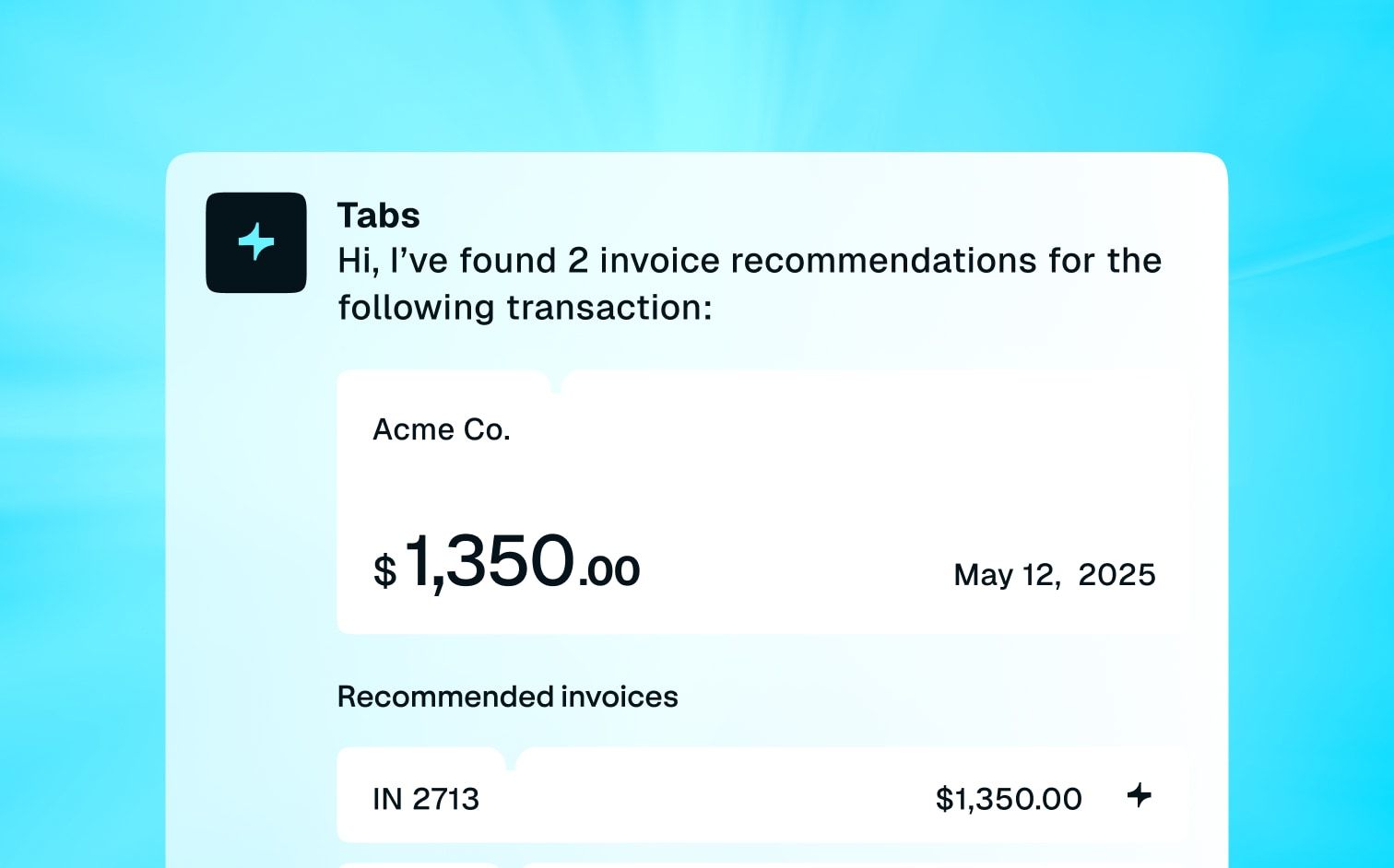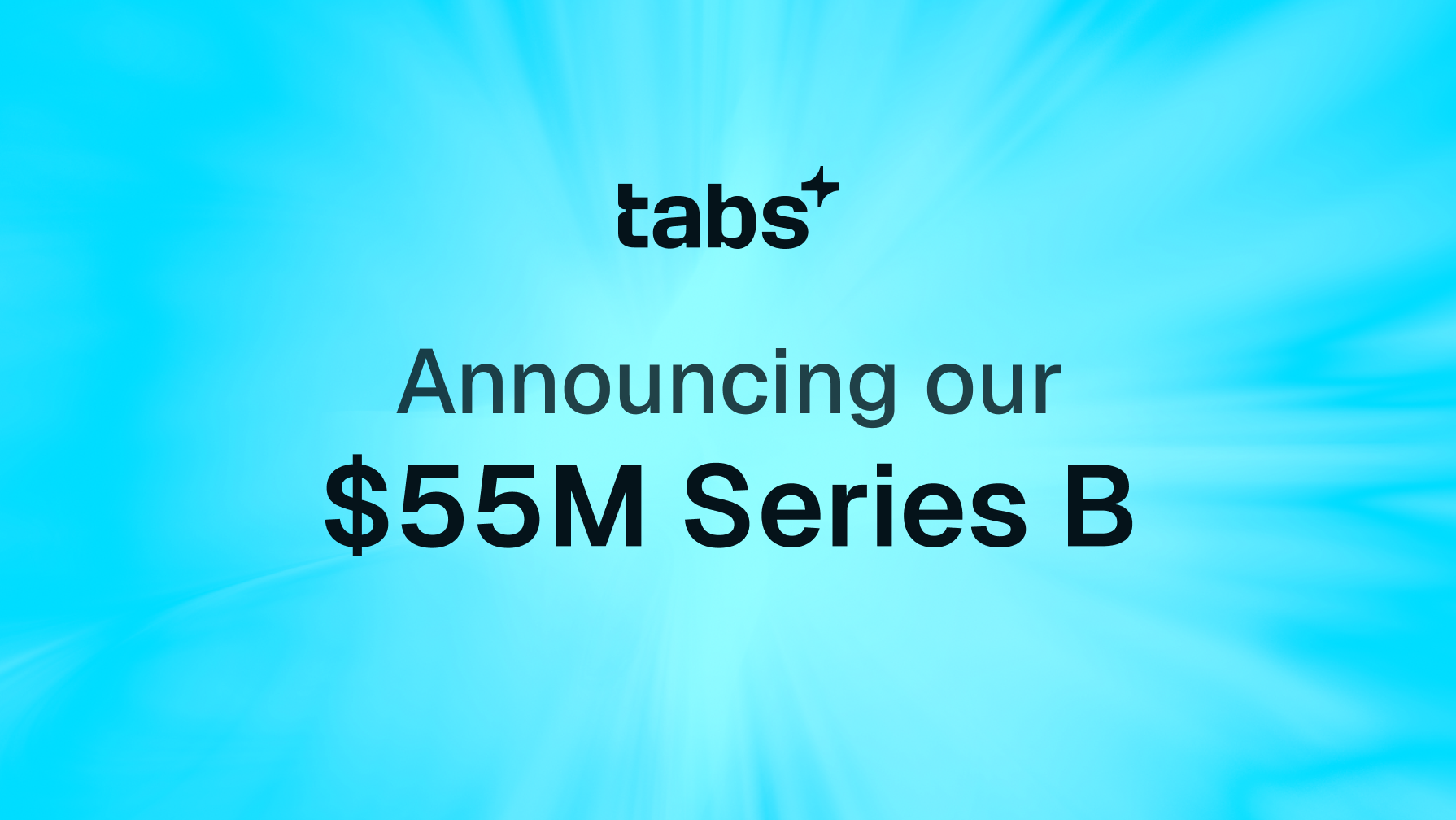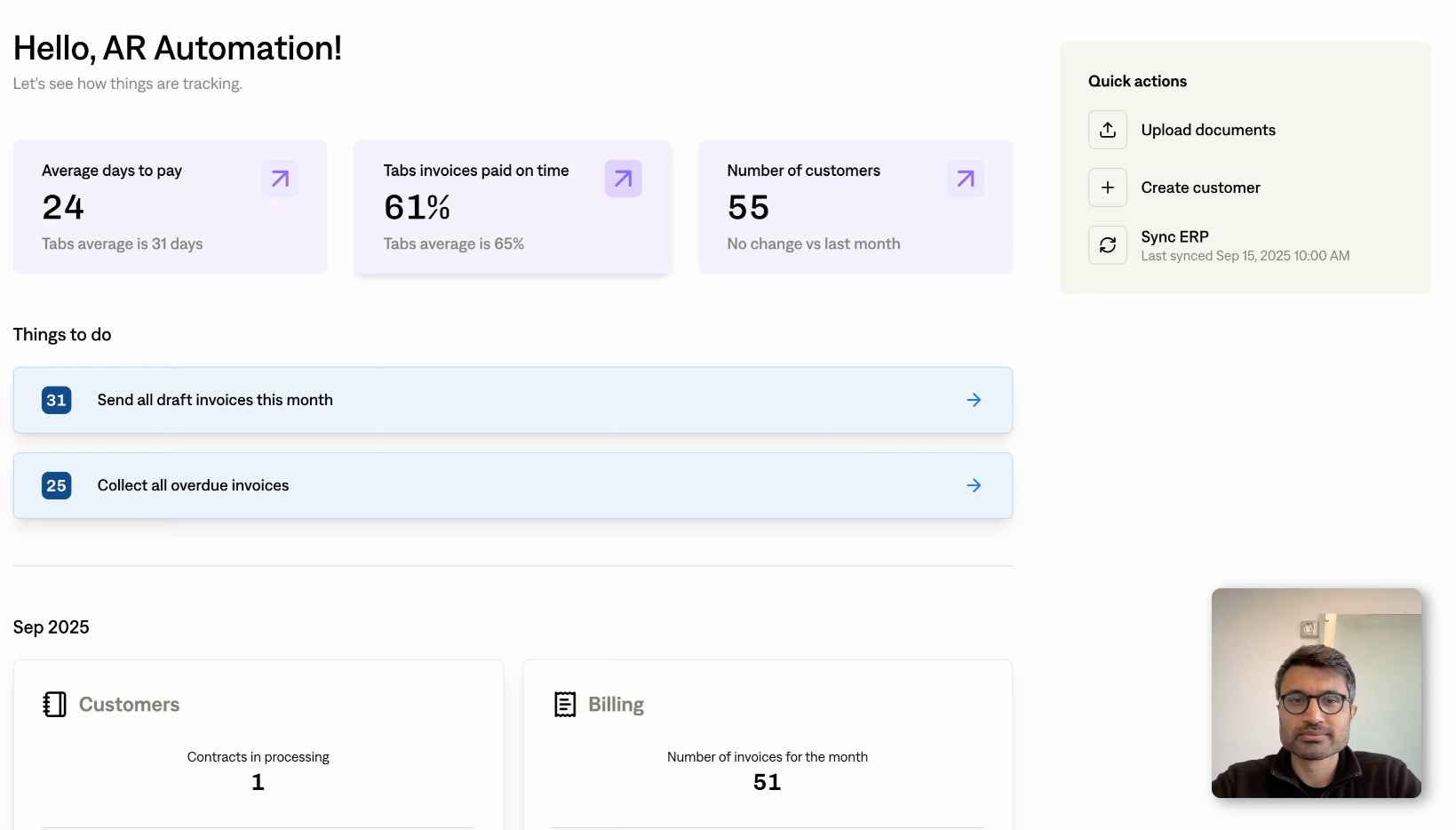This guide will provide a clear and actionable roadmap for SaaS professionals looking to optimize their payment processes, protect their customers' data, and make informed decisions about their own financial well-being. We'll cover everything from the basics of credit card information to the latest trends in security and responsible usage. When you navigate the complexities of credit card processing with confidence, you can build a more secure and financially sound business.
Key Takeaways
- Protecting customer credit card information is paramount: Secure payment processing builds trust and safeguards your SaaS business. Prioritize robust security measures and reputable payment gateways.
- Understanding your credit card terms is essential: Knowing interest rates, fees, and payment details helps you avoid unnecessary costs and maximize card benefits. Choose a card aligned with your business spending.
- Responsible credit card use builds a strong financial foundation: Consistent, on-time payments and low credit utilization establish a positive credit history, crucial for future financial opportunities.
Credit Card Information Basics
In software, you're dealing with recurring billing and customer payments daily. Understanding credit card information is key to running your business smoothly and securely. This isn't just about processing transactions; it's about building trust with your customers and safeguarding their financial data. Let's break down the essentials.
Credit Card Data Essentials
Think of credit card information as the keys to a secure transaction. These keys include the card number (that unique string of digits), the cardholder's name (exactly as it appears on the card), the expiration date, and the CVV or security code (the extra layer of protection). You'll also need the billing address—the address associated with the card—to verify the user's identity and prevent fraud.
This information allows you to process payments efficiently and accurately. A credit card essentially acts as a short-term loan, letting cardholders borrow money to make purchases, which they then repay to the issuing bank. For SaaS businesses built on subscription models, this means managing these payment details with precision is crucial for maintaining a healthy revenue stream. Remember, every time a customer uses their credit card, they're also building their credit history, a factor that can influence their future financial opportunities.
Why Your Card Details Matter
For your customers, knowing their credit card terms inside and out helps them avoid debt and maximize the benefits of using their cards. For you as a SaaS professional, securely handling this sensitive information is critical for maintaining customer trust and protecting your business.
Think of it this way: you're not just processing payments; you're handling a vital piece of your customer's financial identity. Protecting this data isn't just good practice; it's essential for building a strong, lasting relationship with your customers. Secure handling of credit card information is crucial for any business.
Responsible credit card use is a two-way street. It empowers your customers to build a positive credit history, while simultaneously enabling you to maintain a predictable and reliable revenue stream through recurring subscriptions. This mutual benefit underscores the importance of secure and efficient credit card processing in the SaaS landscape.
Find Your Perfect Credit Card
Whether you’re just starting to build credit or looking to upgrade your current card, finding the right fit is key. This section breaks down the different types of credit cards and helps you choose the best one for your needs as a SaaS professional.
Secured vs. Unsecured Credit Cards
One of the first decisions you'll face is choosing between a secured and unsecured credit card. A secured credit card requires a security deposit, which becomes your credit limit. Think of it as training wheels for your credit journey. This is a great option if you're building or rebuilding your credit history.
An unsecured card doesn't require a deposit. Your credit limit is based on your creditworthiness, meaning your credit history and score. Unsecured cards often come with higher limits and better rewards, but they can be tougher to get if you have a limited credit history.
Rewards & Store Cards
Beyond the secured vs. unsecured decision, you'll also encounter rewards cards and store cards. Rewards cards offer perks like cash back, points, or miles on purchases. These can be valuable if you pay your balance in full each month and avoid interest charges. Think of it as a small bonus for your regular spending.
Store cards, however, are tied to specific retailers. They often come with discounts or special offers at that particular store, which can be tempting. However, they may have higher interest rates and limited usability compared to a general rewards card.
When evaluating any rewards program, make sure the benefits outweigh any associated costs or fees. A seemingly attractive rewards program isn’t worth it if the card carries a high annual fee or a steep interest rate.
How Credit Cards Affect Your Financial Profile
Your credit card habits play a significant role in shaping your overall financial health. Understanding how credit cards influence your financial profile is essential, especially for SaaS professionals often juggling various financial responsibilities. This knowledge empowers you to make informed decisions and build a strong financial standing.
Factors Influencing Your Credit Score
Several factors tied to credit card use contribute to your credit score. Think of your credit score as a financial report card that lenders use to assess your creditworthiness. A higher score unlocks better loan terms and interest rates, making it easier to secure financing for future ventures.
One key factor is your payment history. Consistently paying your bills on time demonstrates responsible financial behavior and positively impacts your score. Conversely, late or missed payments can significantly lower your score, making it harder to obtain credit.
Another important element is your credit utilization ratio—the percentage of available credit you're currently using. Experts recommend keeping this ratio below 30% to maintain a healthy credit score. For example, if your credit limit is $10,000, keeping your outstanding balance below $3,000 is generally advisable. Your credit limit itself is also influenced by your creditworthiness.
A good credit history often translates to higher credit limits, providing greater financial flexibility. Building a positive credit history takes time and consistent effort. Using a credit card responsibly and managing your credit wisely are crucial steps in establishing a solid financial foundation.
Smart Credit Management Strategies
Managing your credit cards effectively involves proactive strategies and responsible habits. One of the most effective ways to avoid interest charges and maintain a healthy financial profile is to pay your credit card balance in full each month. This prevents debt from accumulating and keeps your credit utilization ratio low.
Another crucial step is to thoroughly understand your credit card’s terms and conditions. Familiarize yourself with interest rates, fees, and other relevant details. This knowledge helps you make informed decisions about your spending and avoid unexpected charges.
Using credit cards responsibly is a powerful tool for building good credit. By making timely payments, keeping your credit utilization low, and staying informed about your card details, you can leverage credit cards to enhance your financial well-being. Remember, smart credit management is an ongoing process that requires consistent effort and mindful spending habits.
Protect Your Credit Card Information
As a SaaS professional, you know security is paramount, especially when handling sensitive customer data like credit card information. Protecting this data isn't just good practice—it's essential for maintaining customer trust and the integrity of your business.
Common Security Risks & Threats
Several security risks and threats can compromise credit card information. Data breaches are a major concern, as hackers actively target businesses to steal sensitive financial data. Phishing attacks, where malicious actors trick individuals into revealing their credit card details, are also a common threat. Internal vulnerabilities, such as weak passwords or inadequate security protocols, can also expose your systems to risk.
Using a robust recurring billing solution with strong security measures is crucial for mitigating these risks. A good recurring billing solution that’s PCI-compliant can ensure this level of security so your customers aren’t concerned about sharing their credit card information. Encrypting sensitive data, like credit card numbers, is a fundamental step in ensuring transaction security.
Effective Data Protection Practices
Implementing effective data protection practices is crucial for safeguarding credit card information. One key practice is using a reputable and secure payment gateway that adheres to industry best practices. Regularly updating your software and systems helps patch vulnerabilities and protect against emerging threats. Strong password policies and multi-factor authentication add extra layers of security.
Employee training on security awareness is also essential to prevent human error and social engineering attacks. Choosing the right billing system is another critical aspect of data protection. While building your billing system in-house might seem appealing initially, it can become an inefficient solution over time. Outsourcing this function to a trusted provider often offers better security and scalability, especially for businesses managing high transaction volumes.
This allows you to focus on your core business while relying on experts to handle the complexities of secure payment processing.
What To Do If Your Information Is Compromised
Despite your best efforts, a security breach can still occur. If your credit card information is compromised, swift action is crucial. Immediately contact your bank or credit card provider to report the incident and cancel your card. Change your passwords for all online accounts, especially those associated with financial information.
Monitor your credit reports for any unauthorized activity. Consider placing a fraud alert or credit freeze on your credit file to prevent further damage. It's imperative to find ways to effectively manage users and ensure their credit card information is secure. Keep them informed about any potential breaches and the steps you're taking to address the situation.
Staying informed about the latest security threats and best practices is an ongoing process that helps you protect your credit card information and maintain a strong security posture.
Choose the Right Credit Card
Picking the right credit card can feel overwhelming with so many options, but focusing on a few key factors makes the process much simpler.Finding a card that aligns with your spending habits and business needs is essential.
Essential Factors to Consider
Before you start comparing flashy rewards programs, take a look at the fundamental aspects of any credit card. Your credit limit dictates how much you can spend, so ensure it aligns with your typical monthly expenses.
The annual fee is a yearly charge for owning the card; some cards waive this fee, while others offer perks that might justify the cost. Finally, understand the payment due date and grace period to avoid late payment fees, which can quickly add up. Knowing these basics sets you up for responsible credit management.
Comparing Interest Rates & Fees
Interest rates and fees are where the real cost of credit comes into play. If you carry a balance on your card month to month, the annual percentage rate (APR) determines how much interest you'll accrue. It's crucial to compare different APRs: the purchase APR (for regular purchases), the cash advance APR (for withdrawing cash), the balance transfer APR (for moving balances from other cards), and the dreaded penalty APR (for late payments or exceeding your credit limit).
Penalty APR is typically the highest, so aim to avoid triggering it by paying on time and staying within your credit limit. Remember, interest can snowball quickly, so prioritize paying your balance in full whenever possible.
Evaluating Rewards Programs
Once you've grasped the basics, it's time for the fun part: exploring rewards programs! Many cards offer cashback, points, or miles on purchases. Cashback cards provide a percentage of your spending back as cash, while points or miles can be redeemed for travel, merchandise, or other perks.
Consider your spending patterns. If you travel frequently for work, a travel rewards card might be a good fit. If you prefer straightforward savings, a cashback card could be more appealing. Some cards even cater to specific industries or offer bonus rewards on certain spending categories, like software subscriptions or business expenses.
Choosing a card with a rewards program aligned with your needs can provide significant value over time. Don't forget about additional perks like purchase protection, travel insurance, or extended warranties, which can be valuable additions for SaaS professionals. By carefully considering these factors, you can select a credit card that complements your financial goals and professional lifestyle.
Understand Credit Card Terms & Conditions
A solid understanding of your credit card terms and conditions helps you avoid unnecessary costs and make the most of your card's features. It's like understanding the fine print of a SaaS contract—you need to know what you're signing up for.
Decoding the Fine Print
Your credit card agreement contains a wealth of information, and it's essential to familiarize yourself with it. Think of it as your product documentation for your credit card. Basic information like your card number, name, expiration date, and security code are readily available on the card itself. Your statement provides details on your credit limit, current balance, and interest rate.
Key Clauses to Watch
Beyond the basics, certain clauses in your credit card agreement require extra attention. These include terms like balance transfer, which allows you to move debt from one card to another; your billing cycle, which determines when your statement is generated; and cash advance, which lets you withdraw cash using your credit card. Understanding your grace period—the time you have to pay your balance before interest accrues—is crucial for avoiding interest charges.
Knowing your minimum payment—the smallest amount you must pay each month—helps you avoid late fees, but consistently paying only the minimum can lead to accumulating debt. Finally, if your card offers rewards, make sure you understand the terms and conditions associated with earning and redeeming them. Different types of interest rates apply to various transactions.
Purchase APR is the rate charged on regular purchases. Cash advance APR typically comes at a higher rate. Balance transfer APR, often promotional, applies to transferred balances. Penalty APR is the highest rate and is triggered by actions like late payments or exceeding your credit limit.
Avoid triggering a penalty APR at all costs. Familiarizing yourself with these key terms empowers you to use your credit card strategically and avoid potential pitfalls.
Maximize Your Credit Card
As a SaaS professional, you’re likely juggling various expenses, from software subscriptions to marketing tools. Why not make your spending work for you? Your credit card can be more than just a payment method—it can be a powerful tool to optimize your finances and unlock valuable perks.
Optimizing Rewards & Cashback
One of the most attractive features of credit cards is the potential for rewards. Many cards offer cashback, points, or miles on every purchase. Some even offer signup bonuses when you meet a minimum spend within the first few months. For SaaS professionals with substantial upfront costs, these initial rewards can provide a welcome return.
However, it's crucial to manage your credit card responsibly. If you don't pay your balance in full each month, the interest charges will quickly outweigh any rewards you earn. Treat your credit card like a debit card: only spend what you can afford to pay back immediately. This approach ensures you benefit from the rewards without incurring unnecessary debt.
Think about your typical business expenses. Do you frequently travel for conferences or client meetings? A travel rewards card might be a good fit, allowing you to accumulate miles or points for flights and hotels. If your spending is more diverse, a general cashback card could be a better option, providing a percentage back on all purchases.
Uncovering Hidden Perks & Benefits
Beyond rewards, many credit cards offer a range of hidden perks that can be particularly valuable for SaaS professionals. These can include travel insurance, purchase protection, extended warranties, and even access to airport lounges. Before settling on a card, take the time to research the specific benefits offered. A business credit card, for example, might offer perks tailored to your professional needs, such as expense tracking tools or higher credit limits.
Using your credit card responsibly also contributes to building a strong credit history. A good credit score is essential for securing loans, favorable interest rates, and other financial opportunities that can be crucial for scaling your SaaS business. By maximizing your credit card benefits and managing your credit wisely, you can strengthen your financial standing while earning valuable rewards.
The Future of Credit Card Tech
As SaaS professionals, we're not just building software; we're shaping how businesses operate, including how they handle financial transactions. This section explores the evolving landscape of credit card technology and its implications for the SaaS industry.
Digital Wallets & Modern Payment Methods
Digital wallets are rapidly changing how we interact with credit cards. These wallets offer a secure way to store multiple credit card details, streamlining the checkout process for customers. No more fumbling for physical cards or repeatedly entering card information—digital wallets enable quick and easy transactions. This shift toward simplified payment methods is crucial for SaaS businesses, as it reduces friction during the subscription signup process and improves customer experience.
Think about how much easier it is for your customers to subscribe to your service when they can click a button and instantly authorize a payment through their preferred digital wallet. This convenience translates to higher conversion rates and increased customer satisfaction. This is especially important for recurring billing, where a smooth, automated process is essential.
Emerging Trends in Credit Card Security
Security remains a top priority, especially when handling sensitive financial data. Modern SaaS payment systems prioritize security by encrypting credit card numbers and other sensitive information to protect against unauthorized access. Robust security measures are not just a technical necessity; they're a business imperative. Customers are more likely to trust SaaS providers who demonstrate a commitment to protecting their financial information.
A good recurring billing solution that's PCI-compliant can give your customers peace of mind when sharing their credit card information. As transaction volumes grow and operations scale, ensuring the security of your payment processing becomes even more critical. Staying informed about the latest security trends and investing in robust security measures will be key to building and maintaining customer trust.
Use Credit Cards Responsibly
As a SaaS professional, your financial health is intertwined with your business acumen. Using credit cards wisely is a key part of that. It's not just about buying now and paying later; it's about building a strong financial foundation for your present and future ventures.
Develop a Sustainable Credit Strategy
Your credit history demonstrates your financial reliability, a valuable asset in the SaaS world. A strong credit profile can open doors to funding opportunities, allowing you to scale your business and seize new opportunities. Start by making small, manageable purchases and consistently paying your balance in full each month. This simple practice avoids interest charges and demonstrates responsible credit management.
Avoid Common Pitfalls & Misconceptions
Credit cards are not free money. If you don't pay your credit card bill in full by the due date, you'll accrue interest on the outstanding balance. This interest can quickly snowball, turning a small purchase into a significant debt.
Many cards also charge annual fees, especially those offering enticing rewards programs. Understand the fee structure before you sign up. A card with travel rewards might sound appealing, but if you're not a frequent traveler, the annual fee could outweigh the benefits.
Another common mistake is closing old credit cards. While it might seem like a good way to simplify your finances, closing a long-standing credit card can actually lower your credit score. The length of your credit history is a significant factor in credit scoring, so keeping older accounts open, even if you don't use them regularly, can be beneficial.
Choose a card that aligns with your spending habits and business needs, and always read the fine print. Understanding the terms and conditions, including interest rates, fees, and payment deadlines, will empower you to use your credit card responsibly and avoid unnecessary costs.
Credit Card Myths Debunked
One persistent myth is that opening multiple credit cards automatically damages your credit score. Not necessarily. While juggling too many cards can make managing payments tricky (and potentially lead to missed payments, which do hurt your score), simply having several cards isn’t inherently bad. The real culprit is often high overall credit utilization—more on that in a bit.
Another misconception? Checking your own credit report lowers your score. Nope! Checking your own report is considered a “soft inquiry” and has zero impact. Regularly reviewing your report is actually a good habit, allowing you to catch errors and stay informed about your credit health.
The Truth About Credit Utilization & Credit Scores
Here’s where things get interesting. Your credit utilization ratio—the percentage of available credit you’re using—plays a significant role in your credit score. Ideally, keep this under 30%. It signals to lenders that you’re managing your credit responsibly.
Another myth we need to bust: carrying a balance on your credit card helps build credit faster. This is completely false. While it’s true that using your card and making timely payments strengthens your credit history, carrying a balance simply means you’re paying interest—and that’s never ideal.
High interest charges can quickly add up. Aim to pay your balance in full each month. If that’s not always feasible, prioritize paying more than the minimum due to minimize interest charges and keep your credit utilization low. Understanding credit card basics empowers you to make informed decisions about your financial well-being.
Related Articles
- QuickBooks Payments: Fees, Features, & More
- Direct Debit: A Complete Guide for SaaS Companies
- Understanding Credit Card Payment Processing: A Complete Guide
- SaaS Billing Software: A Buyer's Guide
- The Ultimate Guide to Payment Tech for Businesses
Frequently Asked Questions
What is the most important information I should know about my credit card? Understanding the core details of your credit card—your card number, expiration date, CVV, and billing address—is essential for secure online transactions. Equally important is knowing your credit limit, APR, and payment terms to avoid unnecessary fees and interest charges. Think of these details as the foundation of responsible credit card use.
How can I choose the right credit card for my SaaS business needs? Consider your typical spending patterns and business expenses. If you travel frequently, a travel rewards card might be a good fit. If you prioritize cashback, a general rewards card could be more suitable. Also, evaluate the card's annual fee, APR, and any additional perks that align with your professional needs.
What are the best practices for protecting my credit card information online? Use strong, unique passwords for all your online accounts, especially those related to financial information. Be wary of phishing emails or suspicious websites asking for your credit card details. Ensure you're using a secure payment gateway when making online purchases, and regularly monitor your credit card statements for any unauthorized activity.
How can I use my credit card to improve my financial health? Consistently paying your credit card balance in full and on time is the most effective way to build a positive credit history and avoid interest charges. Keeping your credit utilization ratio low—ideally below 30%—also contributes to a healthy credit score. Avoid maxing out your credit cards, as this can negatively impact your credit utilization and, consequently, your credit score.
What should I do if my credit card information is stolen or compromised? Immediately contact your bank or credit card provider to report the theft and cancel your card. Change your passwords for all online accounts, and monitor your credit reports for any suspicious activity. Consider placing a fraud alert or credit freeze on your credit file to prevent further damage.





